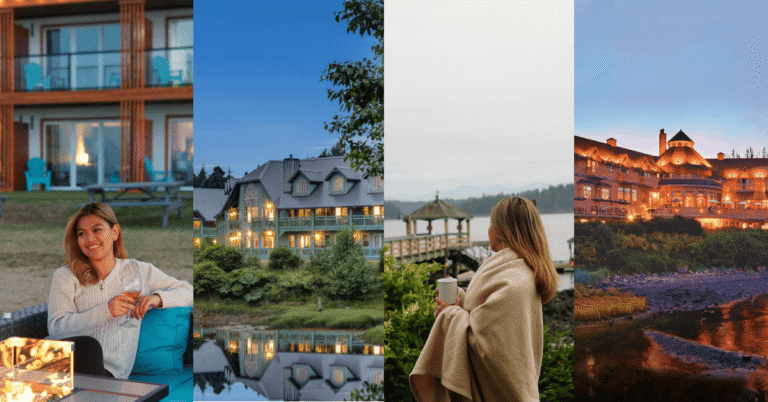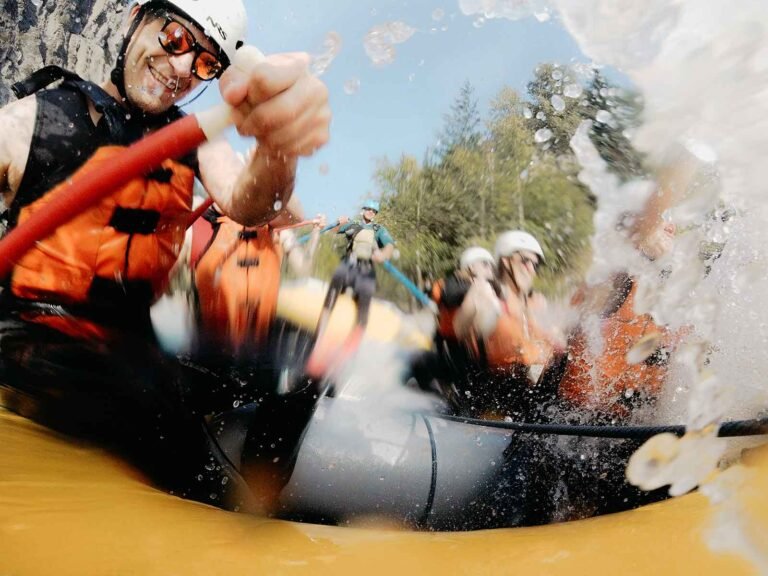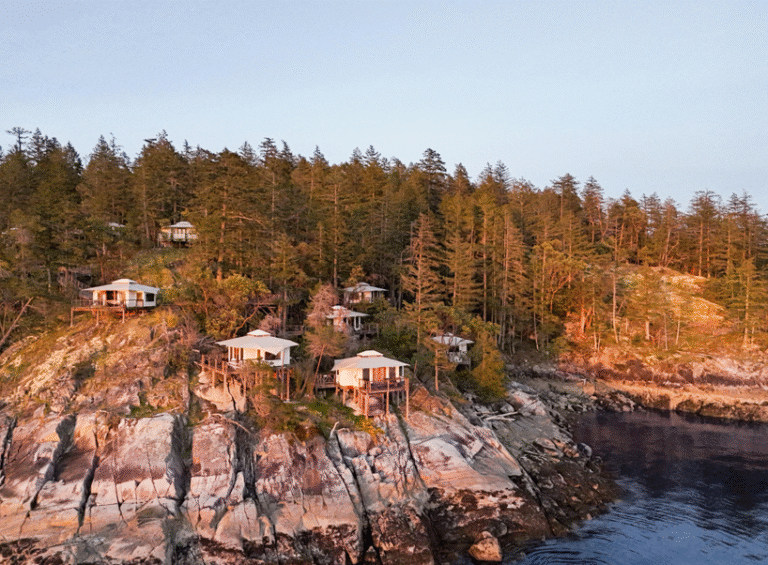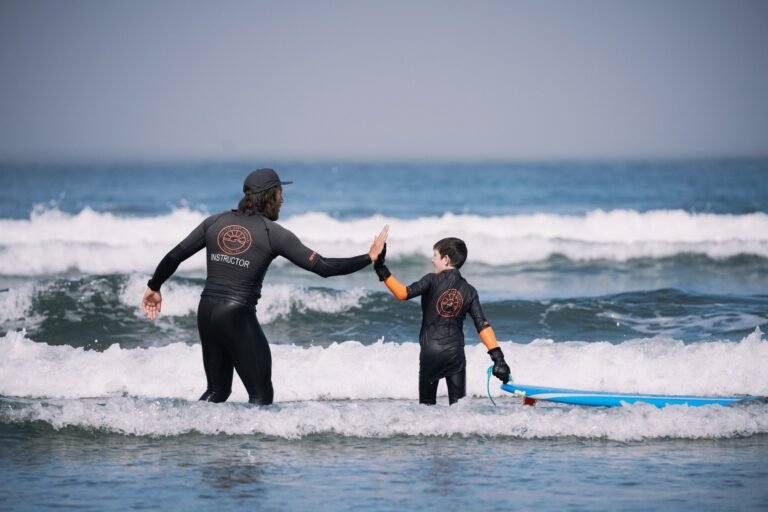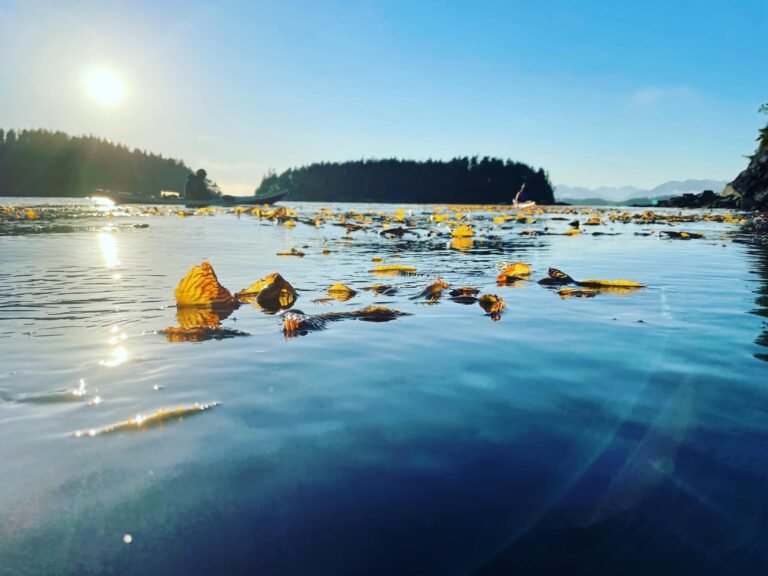Amidst outstanding beauty to the east of Vancouver, with lakes, rivers and mountain scenery within its boundaries, the community of Burnaby is nestled around the high peak of solitary Burnaby Mountain.
As private secretary to Colonel Richard Moody, the Colony’s land commissioner, Robert Burnaby displayed notable talents as an explorer, legislator and speaker.
In 1859, when Moody received word from local natives that a fresh water lake existed north of New Westminster, Burnaby immediately volunteered for the survey party. Moody would later name his discovery Burnaby Lake, a name that pioneer citizens would unanimously choose for the thriving municipality of Burnaby in 1892.
Burnaby is blessed with a remarkable number of interconnected parks and trails of different sizes and features. Deer Lake Park, Burnaby’s hub of arts, culture and heritage, is the crowning jewel of this park system. High atop Burnaby Mountain sits Simon Fraser University, designed by celebrated architect Arthur Erickson, and named after one of British Columbia’s foremost explorers.
Not long ago, it used to be easy to distinguish Vancouver from its neighbours. Bridges spanned Burrard Inlet and the Fraser River to connect with communities to the north and south, while buffer zones of undeveloped land defined where the Big Smoke left off and all else to the east began. By the 1970s, such distinctions had blurred to the point where one hardly noticed a transition from one city to the next, particularly between Vancouver, Burnaby, New Westminster, and Port Moody.
Although mainly a residential area of Vancouver, Burnaby’s diverse sights and attractions are yours to discover. Burnaby has the largest retail and entertainment complex in British Columbia and outstanding sports and recreation facilities. The Metrotown area, a 15 minute SkyTrain ride from downtown Vancouver, is where you’ll find over 500 stores – enough to keep even the most dedicated shopper happy.
Population: 205,477
Location: Burnaby is located in east Vancouver, 10 miles (16 km) east of downtown Vancouver. Access is by Highway 7 and 7A, and the Trans-Canada Highway 1.
Take a trip down memory lane at the Burnaby Village Museum, a 10-acre open-air museum circa 1925. Made up of more than 30 shops and homes depicting the 1890s through to the mid-1920s, the village includes a Chinese herbalist, a rural area, a blacksmith and an Ice Cream Parlour. Ride on the vintage C.W. Parker Carousel, wander amidst costumed townspeople, view demonstrations and displays, and take part in the hands-on activities and self-guided tours.
Playland Amusement Park at the historic PNE fairgrounds on East Hastings Street, only 10 minutes from downtown Vancouver, includes over 35 rides and attractions for adults, teens and children. Playland is Vancouver’s most thrilling destination, featuring the historic Wooden Roller Coaster, the swing ride Atmosfear, Crazy Beach Party, and Canada’s most extreme pendulum ride, The Beast! Playland also features Kids Playce, a special area filled with rides and attractions for families with children aged 2 to 10. New for 2017 will be the addition of three new family rides: Bug Whirled, The Flutterbye and Monkey Mover.
The Museum of Archeology and Ethnology at Simon Fraser University is home to displays of Northwest Coast Native art and culture. Extensive and detailed, these exhibits allow visitors a glimpse into the natural and harmonious way of life pursued by the First Nations people of the West Coast before the arrival of Europeans. The Museum is located in the Academic Quadrangle on the Concourse Level.
Set in the natural splendour of Deer Lake, Deer Lake Avenue recreates the turn-of-the-century era with over 30 buildings and outdoor displays. In addition to the Burnaby Village Museum, visitors will find the Shadbolt Centre for the Arts and the Gallery at Ceperley House, presented by Visual Arts Burnaby.
Naturalists will be amazed by Century Gardens, where hundreds of Rhododendrons, Burnaby’s official flower, burst into bloom each spring during the annual Rhododendron Festival.
While on Burnaby Mountain, visit the astonishing Playground of the Gods, a home away from home for 50 or so totem poles carved by Japanese artist Nubuo Toko and his son Shusheo. The Tokos are members of the Ainu culture, Japan’s first inhabitants. Installed on the top of an open slope looking west over Coal Harbour, the poles honour the ties between Burnaby and its Japanese sister city, Kushiro. The spectacular setting inspired Toko to imagine it as Kamui Mintara, or Playground of the Gods. The poles represent the story of the gods who descended to earth to give birth to the Ainu. Animal spirits such as whale, bear, and owl adorn the tops of the slender poles that are bunched together in groups of twos and threes. A killer whale and a brooding raven stand apart from the rest, looking west across the Strait of Georgia towards Vancouver Island (and Japan). This is a stunningly beautiful setting, one of the best examples of art in a public place in the Lower Mainland. You’ll want to photograph it, especially at sunrise or sunset, to take away with you as a memory of Vancouver.
Enjoy a fascinating ride aboard the miniature railway, or discover trails, tennis courts, a skateboard park, and a spray pool at Confederation Park. From the park, a 5.5-km network of trails wind along the picturesque Burrard Inlet.
Vancouver and Burnaby both have beaches on the Fraser River’s North Arm, and both are named Fraser River Park. Watching activity on the Fraser is the main attraction from both beaches. The beach at Burnaby’s Fraser River Park lies at the south end of Byrne Road off Marine Drive in Burnaby. Although wading in the Fraser River is refreshing, full immersion is a dicier proposition and is not recommended. Two trails take you inland: the western route, surrounded by wet brushland, leads to the Marine Way pedestrian overpass, and the eastern route follows Byrne Creek. Children can pretend they’re pirates on the riverside pirate ship, an intriguing play area.
Hiking and Walking: A good stretch with a forested feeling is the Burnaby River Trail (easy; about 6 miles/10 km return). This hard-packed, cedar-lined dirt pathway runs east beside the Fraser River from the south foot of Boundary Road near Marine Way towards New Westminster. An alternate approach to the trail is at Fraser River Park. Here in the park, the log booms that line the shoreline beside much of the trail give way to a long stretch of open beach. One of the most attractive sights along the trail is Mount Baker’s snow cone, framed by the spires and guy wires of two bridges, the Queensboro and the Pattullo. For more information on the trail and park, contact the Burnaby Parks and Recreation Department, 604-294-7450.
Mountain Biking: The mountain biking trails on Burnaby Mountain (elevation 1,200 feet/365 metres) are not open to mountain bikes, but try telling that to the mountain bikers who regularly make their way along one of the dozens of trails that crisscross the mountain. Its high usage stems in part from the fact that students attending Simon Fraser University at the top of Mount Burnaby want alternate paths up to and especially down from school other than the two roads that wend their way up Mount Burnaby (more often referred to as Burnaby Mountain).
Golf: The contemporary designed 18-hole layout at Burnaby Mountain Golf Course has always been a favourite with players of all levels. It requires precise shot making to achieve par, but recreational players find it very forgiving. The natural tree-lined beauty of its fairway and the gentle rolling terrain at the foot of Burnaby Mountain offer a blend of charm, character and serenity that will enhance your enjoyment of the game. Par 71, 6,431 yards. Vancouver Golf Vacations.
Burnaby’s Barnet Marine Park is located on the site of an old logging community that flourished in the first half of the 20th century. All that remains are the massive concrete towers and a squat scrap burner hunkered on the broad beach. Burnaby has replaced the old wharfs with a pier from which visitors can scan Burrard Inlet for marine and birdlife. A large boomed-off swimming section fronts the hard-packed sandy beach. Picnic tables with barbeque stands are shaded by tall poplars. There’s also a boat launch here. A level pathway leads west of the park towards the Ironworkers Memorial Second Narrows Bridge. It provides visitors to Barnet with a chance to cycle or stroll amid the lazy trails on those overcast days when the beach is not the exclusive reason for visiting this charming site. Barnet has a paved driveway that can be used to launch canoes, kayaks or sailboats in Burrard Inlet. No motorized boats can be launched from here.
True to its name, Central Park is situated in a key location on the Burnaby side of Boundary Road, the dividing line between Vancouver and Burnaby. The park is a popular place for tennis, jogging, pitch-and-putt, cycling, picnicking, or just wandering about. The numerous paths make the 222-acre (90-hectare) green space seem larger than it actually is. A dense stand of towering Douglas fir blocks most of the noise from the three main thoroughfares that constitute the park’s north, south, and west borders.
City planners around the Lower Mainland seem to have deliberately placed parks bordering on major roads, perhaps to attract passersby, perhaps to contrast the natural and the artificial. For instance, Hwy 1 (the Trans-Canada Highway) runs through Burnaby’s largest green space, formed by Deer Lake Park, Burnaby Lake Regional Park, and Robert Burnaby Park. Deer Lake Park was once a popular swimming destination, but poor water quality has forced the Burnaby Parks Board to keep the area closed for nearly a decade. Still, it is an attractive picnic area or a good place to drift about in a canoe, rowboat, or sailboat for a few hours. A Squamish legend tells of an underground river that runs from Deer Lake to False Creek. The Deer Lake area is home to the Burnaby City Hall (including the Burnaby Parks and Recreation Dept at 101-4946 Canada Way, 604-294-7450, a good place to pick up maps and information on municipal parks), the Shadbolt Centre for the Arts, the Burnaby Village Museum, and the local Royal Canadian Mounted Police (RCMP) detachment. Deer Lake Park has a pleasant, grassy picnic location: one look at the lake is enough to cool anyone down. Too bad there’s no swimming.
Robert Burnaby Park is located about a mile (1.5 km) east of Deer Lake, a peaceful setting of huge western hemlock, cedar and Douglas fir. This large park is known for its wooded ravine and forest trails, which attract walkers, joggers and nature lovers enjoying the exercise and quiet surroundings. Trails are laid out on hillsides, meandering through ravines and into open meadows.
Burnaby Lake Regional Park is on the north side of Hwy 1, across from Deer Lake, and is a blend of highly developed recreational facilities alongside a completely undeveloped wildlife sanctuary. Special features in this 740-acre (300-hectare) park include both the Nature House (open mid-May to Labour Day), and a BC Wildlife Watch viewing tower at the Piper Avenue entrance. An easygoing 6-mile (10-km) walking trail circles the lake. There are three main access points to Burnaby Lake Park, including two off Winston Avenue and another off Sperling Avenue. All are well marked.
Burnaby Mountain is Burnaby’s tallest landmark. Simon Fraser University sits on top, a crucible of learning designed by architect Arthur Erickson, who also put his imprint on the Provincial Courthouse and the Museum of Anthropology at the University of British Columbia. Simon Fraser’s campus is surrounded by Burnaby Mountain Park. The park is a warren of trails that cut through deciduous second-growth forest. Most visitors come to visit the Playground of the Gods. In June, a formal rose garden nearby perfumes the air and makes the environment appear even more like the Elysian Fields. A grassy slope descends the mountain below the totems, contributing to the open feeling of this part of the park.
A special event in Burnaby is the Burnaby Village Museum Heritage Christmas in December.
Circle Tours: See the best of the area on a driving Circle Tour. Head north out of Vancouver for the scenic Sunshine Coast and Vancouver Island Circle Tour, or stay on the intensely scenic Sea to Sky Highway, passing through the magical winter resort town of Whistler and Coast Mountains Circle Tour. To explore the rural farmlands and forests of the fertile Fraser Valley, take the Fraser Valley Circle Tour, travelling outbound on the scenic route north of the historic Fraser River, returning westwards along the Trans Canada Highway 1 to Vancouver. Circle Tours in British Columbia.


